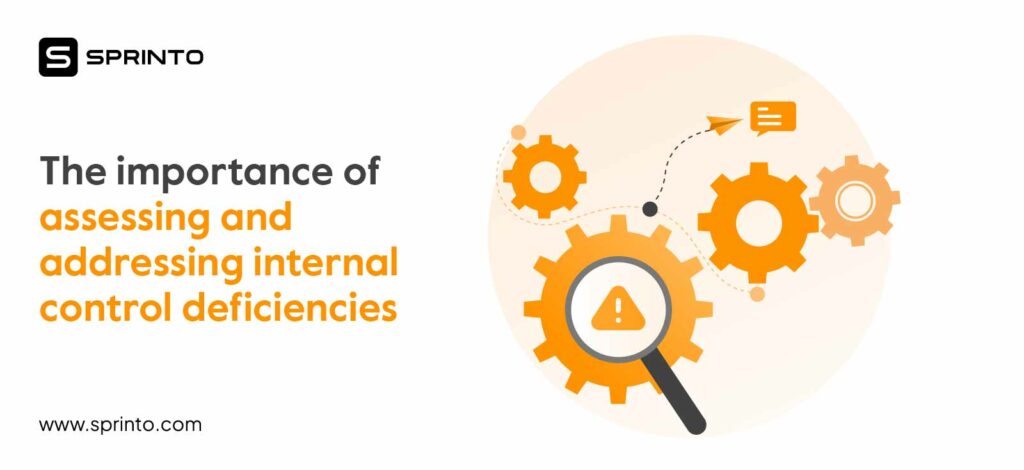Glossary of Compliance
Compliance Glossary
Our list of curated compliance glossary offers everything you to know about compliance in one place.
NIST AI Risk Management Framework (AI RMF)
The Artificial Intelligence Risk Management Framework (AI RMF) is designed in collaboration with private and public sectors. It is a practical guide to enable individuals and organizations to manage risks posed by generative AI in a way that aligns with their goals and objectives.
NIST AI RMF is a voluntary framework developed to help users ensure transparency and trustworthiness into the end to end process of AI usage that includes its designing, developing, and evaluation. It aims to facilitate the use of AI in a way that emphasizes human centricity, social responsibility, and sustainability.
The framework covers these areas:
- Framing risk: Understanding and addressing the impacts, challenges, and harms caused by risks.
- Audience: Involves the perspectives and impacts from a broad perspective of actors throughout its lifecycle.
- AI risks and trustworthiness: Ensure that AI systems are trustworthy by being responsive to all interested parties.
- Effectiveness: Describes how users can benefit from the framework.
- RMF core: Outlines the actions and outcomes to promote the collaboration, understanding, and other activities that help to develop trustworthy AI systems though these functions – govern, map, measure, and manage.
- Profiles: These are implementation of functions, categories, and subcategories for applications based on the specific requirement, risk tolerance level, and resources of the user.
Additional reading
Common Control Framework: The Complete Implementation Guide
Internal Control Deficiencies – How to Evaluate Effectively
HIPAA Covered Entities: Who Needs to Comply?

Sprinto: Your growth superpower
Use Sprinto to centralize security compliance management – so nothing
gets in the way of your moving up and winning big.


